Before that, Mr. Q. had a headache in the top and temples, a fever, and dizziness. People around him thought he had a stroke so they scraped his face. A few hours later, the symptoms did not improve, so he was taken to the emergency room at a hospital near his home. The doctor recorded that his blood pressure was up to 218/130 mmHg and prescribed antihypertensive medication. A day later, his blood pressure was more stable, and he was discharged home.
Headache does not subside despite blood pressure reduction
Mr. Q. continued to take the medicine as directed by the doctor, but the headache did not subside even though his blood pressure sometimes dropped to 140/90 mmHg. He went to the emergency room a second time at Tam Anh General Hospital in Ho Chi Minh City.
Master - Specialist Doctor 2 Huynh Thanh Kieu, Head of Department of Internal Medicine and Cardiology 1, said that patient Q. came to the hospital in a state of lethargy, dizziness, severe headache, stiff neck, systolic blood pressure of 200 mmHg, difficult to control with 4 types of medication. The image on the non-contrast CT scan of the brain did not show any abnormalities, no typical images of cerebral infarction or hemorrhage. He was given an increased dose of medication to control blood pressure. However, the headache became increasingly severe, accompanied by increased pain throughout the body, making the doctor suspect another underlying cause.
Mr. Q. had his blood pressure measured and his physical condition checked after one week of treatment.
Photo: PL
Cardiologists and neurologists quickly consulted and decided to perform a lumbar puncture on the patient. The puncture resulted in a small amount of lumbar fluid containing blood, suspected to be due to a cerebral hemorrhage. Mr. Q. had a contrast-enhanced CT scan of the brain, which showed a subarachnoid hemorrhage, but no cerebral aneurysm.
Specialist Doctor Huynh Tri Dung, Department of Neurosurgery, Tam Anh General Hospital, Ho Chi Minh City, said that subarachnoid hemorrhage is a condition of bleeding in the subarachnoid space (between the arachnoid membrane and the pia mater surrounding the brain). This is a very dangerous form of cerebral hemorrhage. If the patient is not treated promptly, he or she may die suddenly or experience dangerous complications.
The cause of subarachnoid hemorrhage is usually an aneurysm or head trauma. In the case of patient Q., who had no trauma or cerebral aneurysm, the doctor determined that the hemorrhage was due to a sudden increase in blood pressure, creating pressure on the intracranial area.
When symptoms of suspected cerebral hemorrhage appear such as severe headache with nausea, vomiting, dizziness..., absolutely do not scrape the patient's back, perform artificial respiration or arbitrarily give the patient medicine.
Illustration: AI
High blood pressure is a risk factor for stroke.
According to Dr. Kieu, high blood pressure is one of the main risk factors for stroke. Most people who have a first stroke are reported to have high blood pressure. Dr. Kieu explains that when blood pressure rises above 180/120 mmHg, it will damage blood vessels, making them narrower and stiffer, and causing fat accumulation (atherosclerosis).
Blood clots can form in areas of fatty deposits and travel to the brain, causing ischemic stroke. At the same time, sudden increases in blood pressure can weaken blood vessel walls, increasing the risk of blood vessel rupture and leading to brain bleeding, causing hemorrhagic stroke, as in the case of patient Q.
Absolutely no scraping or artificial respiration.
To prevent the risk of stroke due to high blood pressure, each person needs to proactively control high blood pressure by taking medication as prescribed, changing lifestyle...; exercising regularly; eating healthy, balanced diet; quitting alcohol, tobacco, addictive substances, stimulants...
When symptoms of suspected cerebral hemorrhage appear such as severe headache with nausea, vomiting, dizziness, convulsions, weakness on one side of the body, double vision, difficulty speaking, cognitive impairment, you need to go to the hospital for timely examination. Absolutely do not use cupping, artificial respiration or arbitrarily give the patient medication to avoid making the disease worse, which can easily leave sequelae later.
Source: https://thanhnien.vn/dot-ngot-dau-dau-nghi-bi-trung-gio-nhap-vien-2-lan-moi-phat-hien-dot-quy-185250422210735772.htm



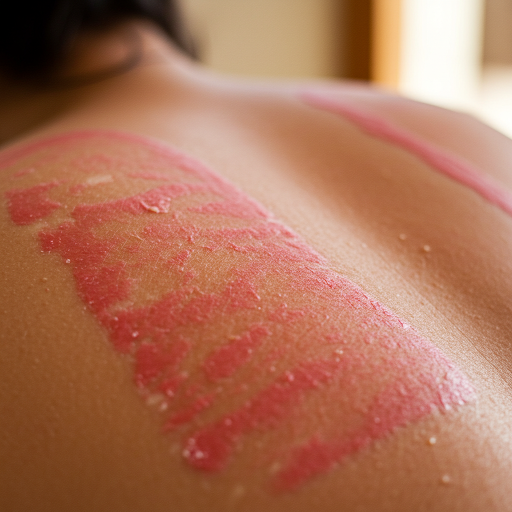

![[Photo] President Luong Cuong presents the decision to appoint Deputy Head of the Office of the President](https://vphoto.vietnam.vn/thumb/1200x675/vietnam/resource/IMAGE/2025/5/8/501f8ee192f3476ab9f7579c57b423ad)
![[Photo] National Assembly Chairman Tran Thanh Man chairs the meeting of the Subcommittee on Documents of the First National Assembly Party Congress](https://vphoto.vietnam.vn/thumb/1200x675/vietnam/resource/IMAGE/2025/5/8/72b19a73d94a4affab411fd8c87f4f8d)

![[Photo] General Secretary concludes visit to Azerbaijan, departs for visit to Russian Federation](https://vphoto.vietnam.vn/thumb/1200x675/vietnam/resource/IMAGE/2025/5/8/7a135ad280314b66917ad278ce0e26fa)
![[Photo] Prime Minister Pham Minh Chinh meets with the Policy Advisory Council on Private Economic Development](https://vphoto.vietnam.vn/thumb/1200x675/vietnam/resource/IMAGE/2025/5/8/387da60b85cc489ab2aed8442fc3b14a)

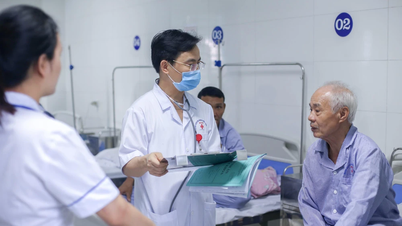
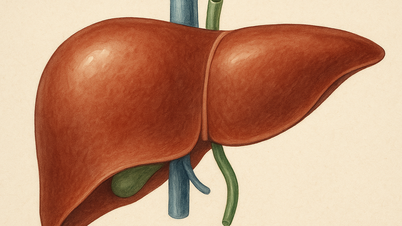
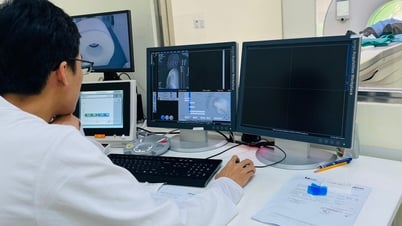
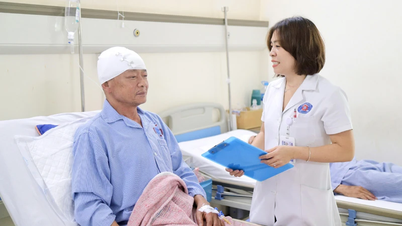
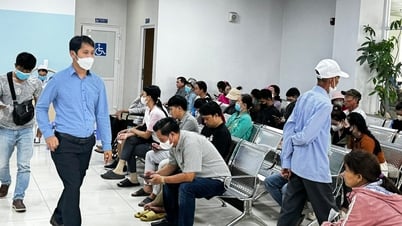










































![[Photo] Prime Minister Pham Minh Chinh talks on the phone with Singaporean Prime Minister Lawrence Wong](https://vphoto.vietnam.vn/thumb/402x226/vietnam/resource/IMAGE/2025/5/8/e2eab082d9bc4fc4a360b28fa0ab94de)











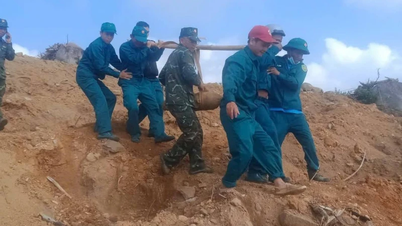






















Comment (0)